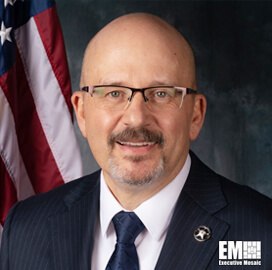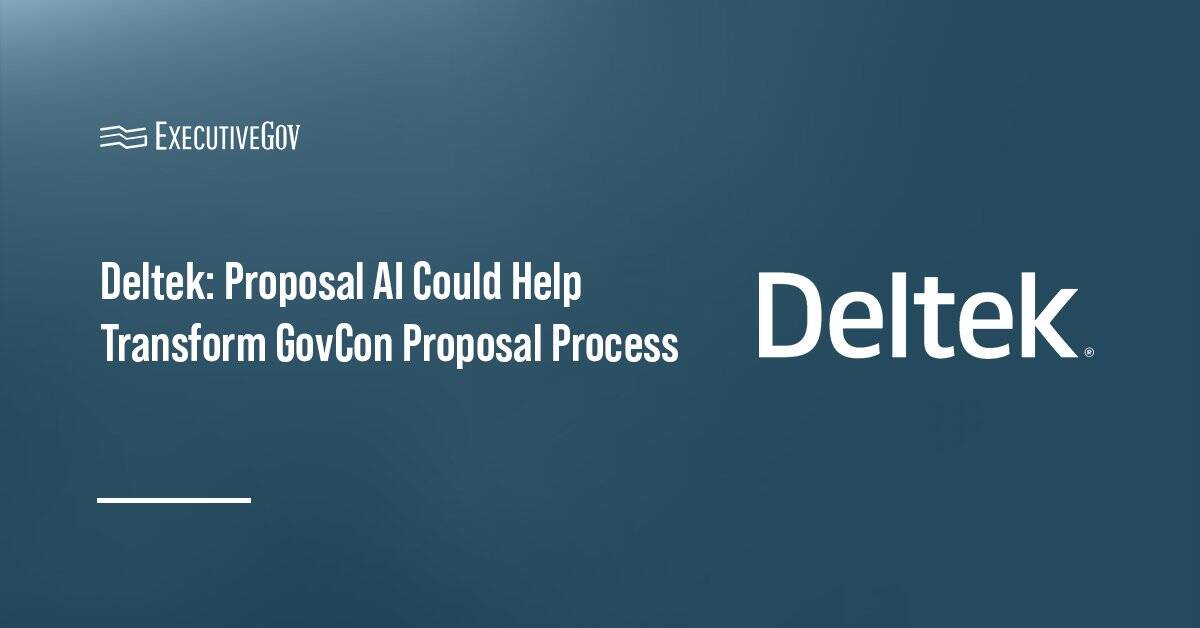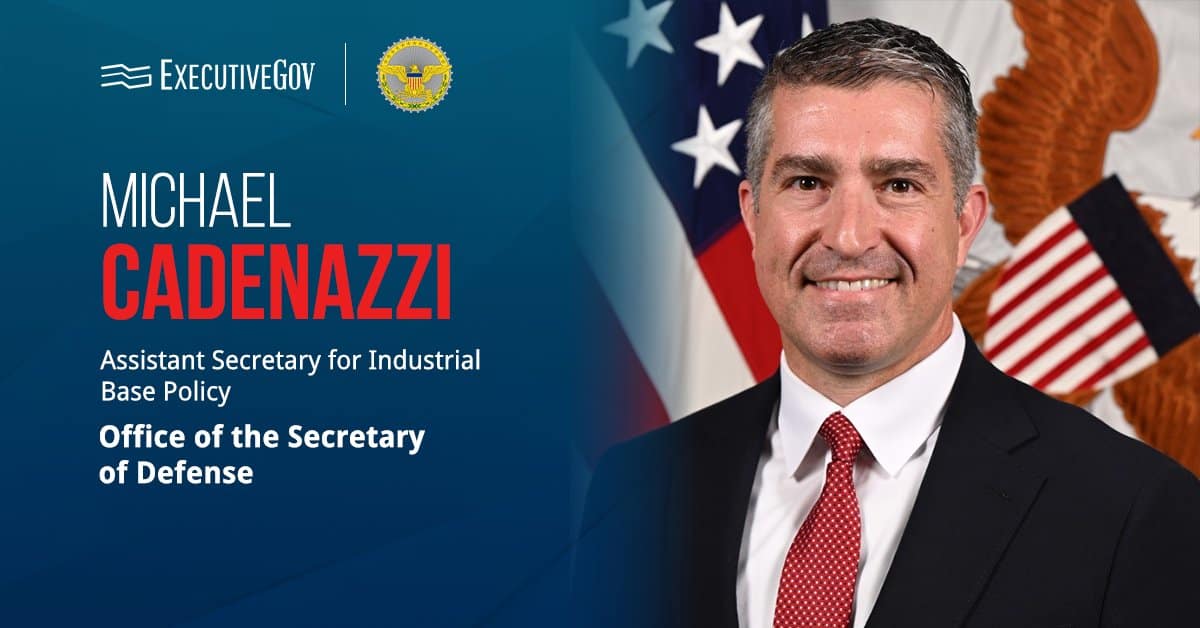Karl Mathias, chief information officer at the Department of Health and Human Services, said his office aims to transform its acquisition process and help HHS to develop a consolidated approach for managing potential risks to information technology assets.
Mathias told FCW in an interview that he expects the departmentwide cybersecurity strategy to be ready in September and go beyond the zero trust model required by President Biden’s executive order in May.
“My goal is to knock down servers. Fortunately, I have CIOs who think along the same lines, and they’re busy going to cloud,” he said.
Within his office, Mathias is aiming to improve the efficiency of procurement efforts and obtain the best value in negotiations.
Related Articles
Nick Schiffler, marketing manager at Deltek, said proposal artificial intelligence is becoming a key capability for government contracting teams seeking to respond quickly to requests for proposals and improve competitiveness in the federal marketplace. Streamlining Proposal Development With AI In a guest post published on SAME’s website, Schiffler wrote that proposal AI tools could help GovCon proposal teams respond to requests for information, complete their capture plans, develop compliance matrices and transform complex solicitations into more manageable parts. “These tools are built to understand the structure, language, and compliance requirements of federal RFPs, helping teams respond faster and more accurately,” he added.
Michael Cadenazzi announced on LinkedIn Tuesday that he has been confirmed as assistant secretary of defense for industrial base policy. Who Is Michael Cadenazzi? Cadenazzi is a seasoned aerospace and defense executive with a proven track record in driving growth, innovation and risk management. He most recently served as the managing director at EY for nearly four years. He was also senior vice president of product development and director of solutions at Govini. The executive dedicated five years to McKinsey & Company, holding key roles such as associate partner, senior knowledge expert and solutions general manager of VisualDoD—the innovative startup he
The Department of Defense has started implementing a five-phase construct that seeks to provide real-time cyber defense at operational speed and ensure that U.S. warfighters maintain technological superiority against evolving cyberthreats. 5 Phases of DOD’s Cybersecurity Risk Management Construct DOD said Wednesday the Cybersecurity Risk Management Construct, or CSRMC, consists of five phases aligned to system development and operations: design, build, test, onboard and operations. The design phase, for instance, aims to ensure resilience of system architecture by embedding security at the outset. “This construct represents a cultural fundamental shift in how the Department approaches cybersecurity,” said Katie Arrington, a Wash100 awardee who





